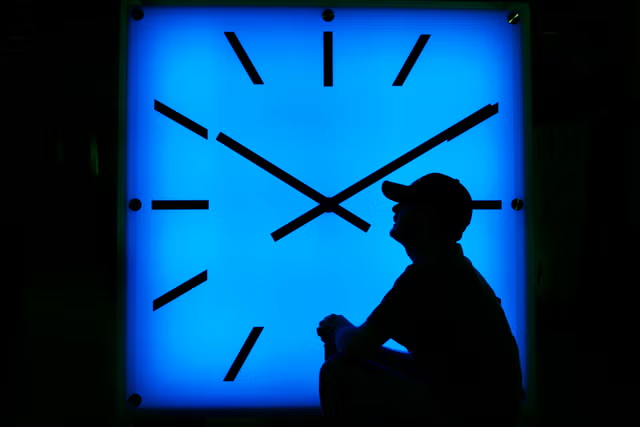Your support helps us to tell the story
Support NowThis election is still a dead heat, according to most polls. In a fight with such wafer-thin margins, we need reporters on the ground talking to the people Trump and Harris are courting. Your support allows us to keep sending journalists to the story.
The Independent is trusted by 27 million Americans from across the entire political spectrum every month. Unlike many other quality news outlets, we choose not to lock you out of our reporting and analysis with paywalls. But quality journalism must still be paid for.
Help us keep bring these critical stories to light. Your support makes all the difference.
There is an abundance of unspoken rules around decorating a home – many of which are completely outdated or downright wrong. I’ve asked the experts to debunk some of these common interior design myths, separating fact from fiction. Before you start redoing a space with a fixed idea of what’s right and what’s wrong, consider their advice...

MYTH: Vinyl flooring is outdated
Vinyl is still struggling to shake off its passé reputation, however, many designers have put a fresh spin on the once-maligned material, proving that it can seamlessly merge style and function.
“It’s true that in the 1970s, vinyl was popular. However, it was frequently installed poorly which contributed to an unappealing retro design trend,” says Neel Bradham, CEO at global flooring brand Parador. “A big, seamless sheet of vinyl rolled across a living room floor didn’t look good back then and it certainly doesn’t look good now.
“There are still many misconceptions about vinyl, notably that it is cheap-looking and not hard-wearing. But beautiful, natural-looking vinyl designs are now commonplace, and modern manufacturing techniques allow the flooring to be made in different formats, such as tiles and planks. The material is also known for its resistance to moisture and climate, making it ideal for kitchens and bathrooms.”

MYTH: Pink is just for girls
“It’s a misconception that pink is just for girls. In the 19th century, pink was even considered to be a masculine colour,” says Martin Waller, founder of global design house, Andrew Martin. “Today, pink is a go-to shade in the interiors world, as both a neutral background colour but also as an accent of personality.”
This doesn’t necessarily mean opting for Pepto-Bismol hued walls – but rather, consider pinky terracotta tones or smart, dusty shades like “Cuisse de Nymphe” by Edward Bulmer.
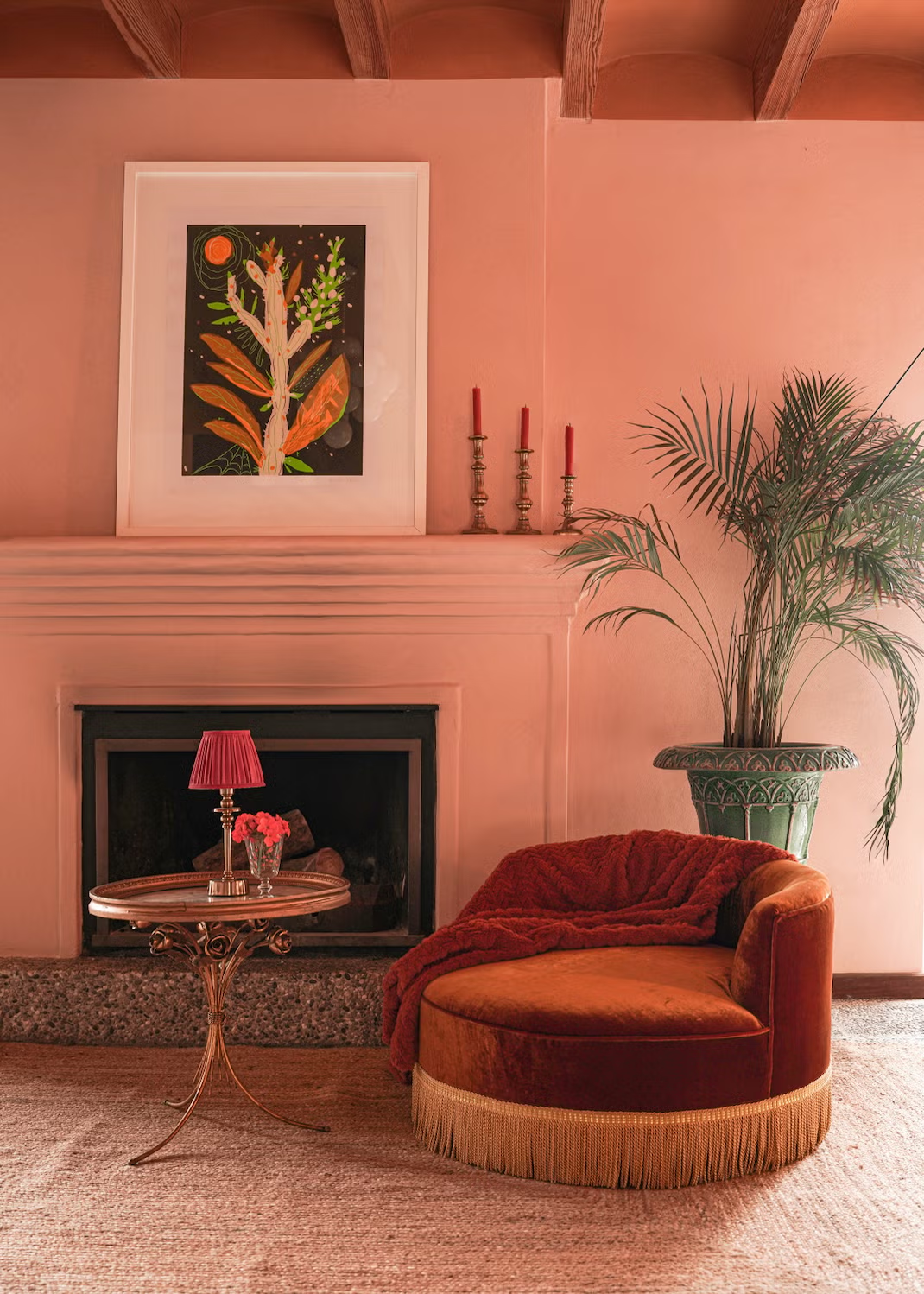
Interior designer Matthew Williamson agrees, recommending that we redefine what constitutes a “neutral”. He explains, “Blush or plaster pink is my go-to neutral. It’s kinder and more forgiving than white, more fun than beige, and warmer than grey.”

MYTH: Carpets are unhygienic
Carpets are often seen as dingy and unsanitary, exacerbating asthma and allergies. But whether carpet is unhygienic depends entirely on the material type and how well it’s maintained.
“A wool carpet can massively benefit the air quality in your home as its fibres trap airborne pollen, dust particulates, and spores,” says Jodie Hatton, designer at heritage carpet company, Brintons. “It actually prevents these from circulating around your home, making the air you breathe cleaner.”
The material boasts a myriad of other benefits. She adds, “Wool is often thought of as creating a warm and cosy environment – which is one of its many advantages. But a lesser-known benefit is wool’s cooling properties. As an insulator with moisture-wicking properties, wool carpets and rugs can prevent too much heat coming through the floor. It’s also a fantastic sustainable choice as it’s easily recyclable and biodegradable, plus shearing sheep is essential for their welfare.”
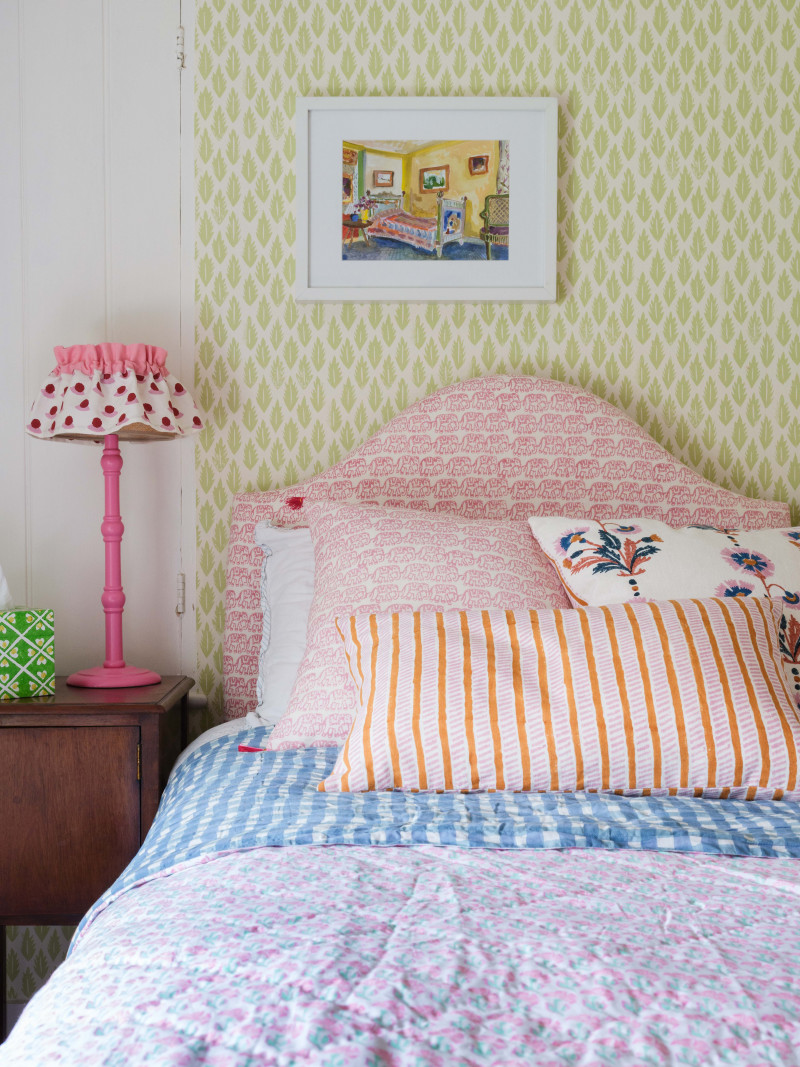
MYTH: “Blue and green must never be seen”
There’s an old adage that “blue and green must never be seen” together. “This is wrong,” says Waller.
“In fact, it can be a very successful colour combination. After all, blue and green are often seen in harmony together in nature. As such, a serene grey-blue paint can pair nicely with botanical prints and leafy shades.”
Or for a cosy, more masculine look, try a classic navy and hunter green tartan print.
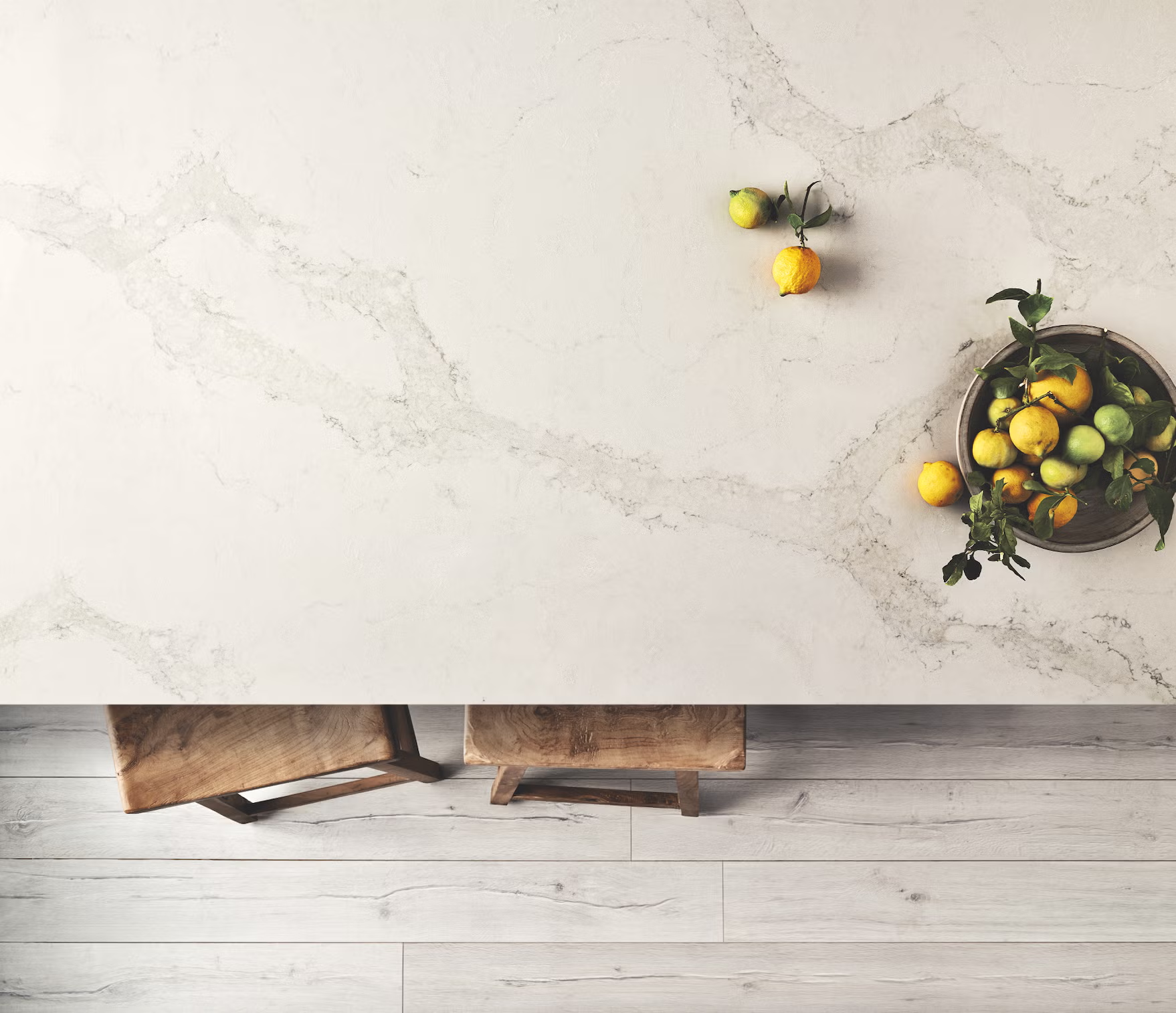
MYTH: Marble is the best worktop stone
Marble, with its elegant white base contrasted by broad grey veining, has held a special place in building and decorating for centuries. Whilst it adorns grand monuments, landmark buildings, and opulent historic interiors, it’s a porous and high-maintenance material.
“Natural stone, such as marble, is highly susceptible to staining,” explains Jonathan Stanley from premium surface brand Caesarstone. “To avoid substantial damage, you would have to seal your marble countertops at least annually. Engineered stone, on the other hand, requires virtually no maintenance. It offers the same beautiful, natural aesthetic whilst being extremely durable and practical.”
The bottom line: it’s best to avoid delicate materials – especially in family homes and high-traffic spaces.
Stanley says, “Kitchens are a busy place and the worktop, more than any other part, really takes the brunt of this. Don’t make the mistake of choosing the wrong material.”
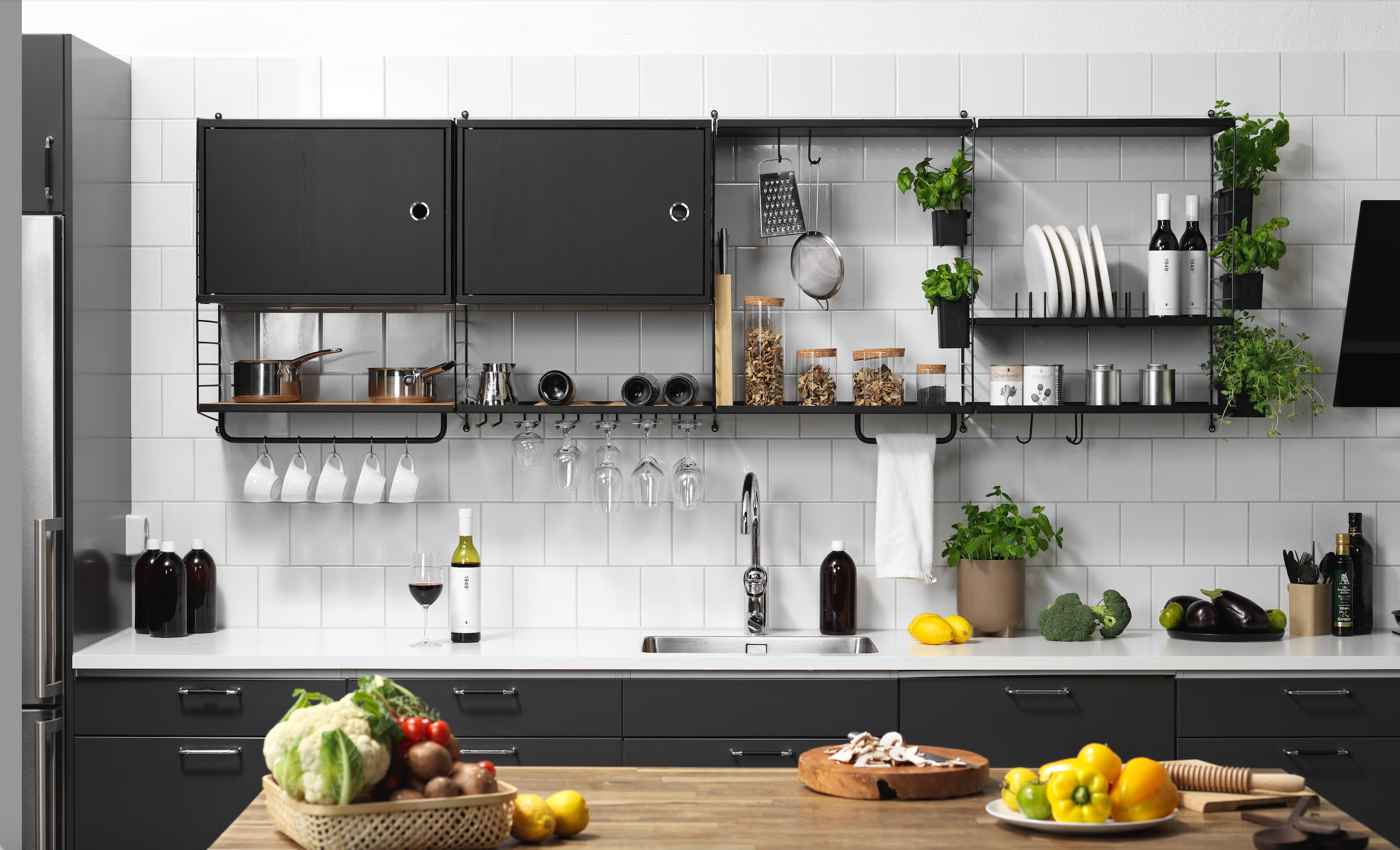
MYTH: Open shelving is impractical
Many are hesitant to install open shelving in the kitchen, fearing it will end up looking cluttered. But if you have a smaller space and nice crockery, then open shelving can actually be a very practical choice.
Bo Hellberg, from Scandinavian modular storage pioneer, String Furniture, explains: “Floating shelves don’t take up a lot of physical – and therefore visual – space, making them ideal for compact or dark kitchens. Swapping even a small run of cabinets for open shelving can make the room feel much larger and brighter. It allows for plenty of storage and creates an opportunity to display your favourite dishes or cookbooks without overwhelming the space with heavy cabinetry.”
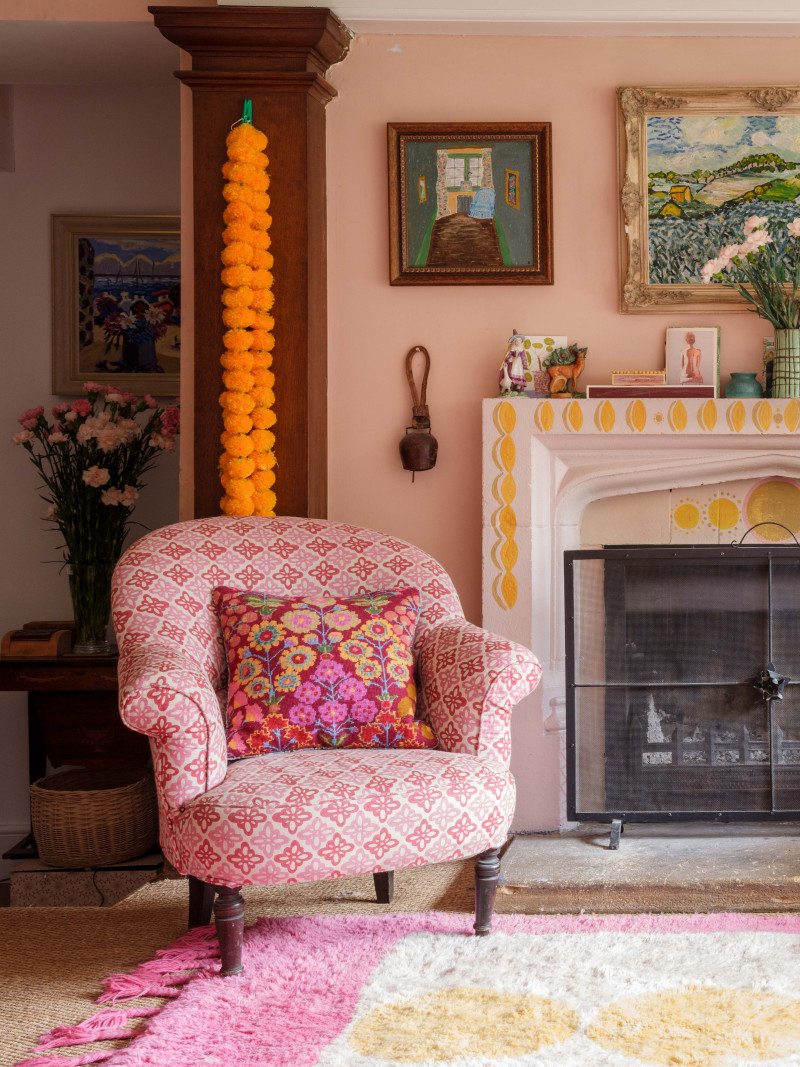
MYTH: Everything in a room should match
“I encourage you to embrace the joy that patterns can bring to your home. Don’t be afraid to mix and match, and play with scale,” says textile designer Molly Mahon, known for her bright hand-block-printed fabrics. She believes there’s no need to stick rigidly to one pattern or colour scheme in your decorating.
Upholsterer and interior designer Micaela Sharp agrees: “I like to layer textiles that have a complementary colour palette, but varied pattern and design. Try mixing geometrics with florals, and add stripes or checkerboard prints alongside paisley.”
This amalgamation helps foster an interesting, layered look that’s full of personality.
“Also, don’t be afraid to mix periods and styles,” says Mohon. “I have inherited bits of furniture and art from multiple eras, and I find that the combination within a single scheme tells a unique, personal story.”

MYTH: Durable outdoor furniture lacks comfort
With the UK’s long frosty winters and drizzly springs, rusted garden chair legs and mildewed cushions are all too common. Selecting furniture for your outdoor spaces can be notoriously difficult as you contend with not just aesthetics but the comfort and practicality of your chosen designs.
“There is a general opinion that outdoor furniture, particularly the more durable wooden and steel pieces, are uncomfortable and require soft furnishings. This isn’t necessarily true,” says Karl Lindqvist from Grythyttan, a Swedish family-owned business that’s been crafting high-quality garden furniture for over 100 years.
“When constructed with ergonomics in mind, and expertly designed to distribute weight evenly across the surface, weather-resistant seating can indeed offer optimal comfort tailored to the human body,” he explains.
Fitted with a clever spring mechanism that was originally devised in 1930 by the brand’s founder, Artur Lindqvist, each Grythyttan armchair is renowned for its unique rocking mechanism which provides added support and cushioning.
Disclaimer: The copyright of this article belongs to the original author. Reposting this article is solely for the purpose of information dissemination and does not constitute any investment advice. If there is any infringement, please contact us immediately. We will make corrections or deletions as necessary. Thank you.


